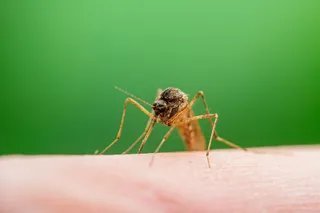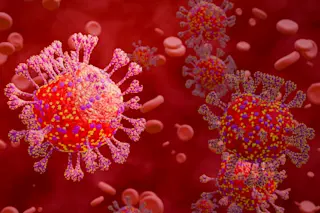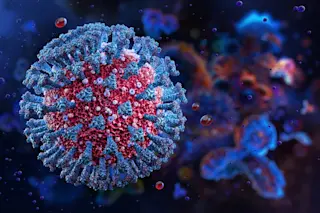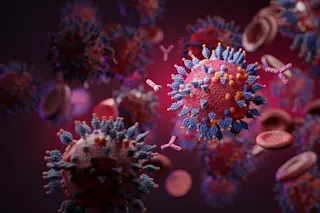It was full summer in southern Indiana. The morning mist rose through the oaks like steam. Bob Ervin was so hard at work cobbling together his daughter's playhouse in the backyard that he didn't notice anything unusual. He finished the playhouse and felt fine--for a week or so. Nine days later he woke in a sweat. Unable to return to sleep, he got up at 3 A.M. and turned on the light. The pain in his eyes was so sharp it felt like a stabbing knife. He flipped the light off and spent the rest of the night in a feverish sweat. The next day he went to the family doctor. An examination revealed a fever of 102. Except for some blood in his urine, nothing was unusual. The doctor gave him Bactrim, an antibiotic commonly used to treat urinary infections. During the next week, Mr. Ervin dutifully took the ...
More on Discover
Stay Curious
SubscribeTo The Magazine
Save up to 40% off the cover price when you subscribe to Discover magazine.
Subscribe












